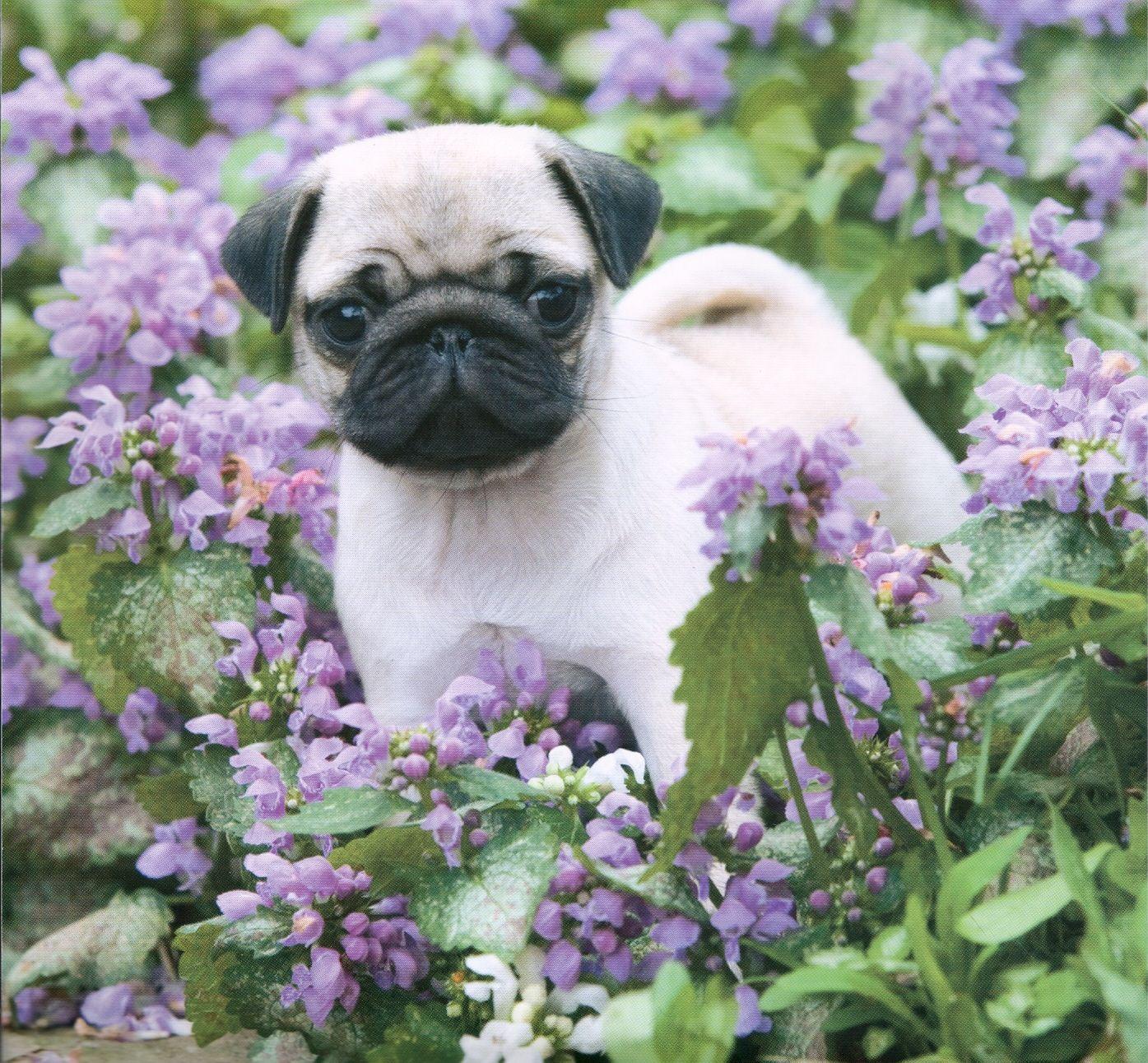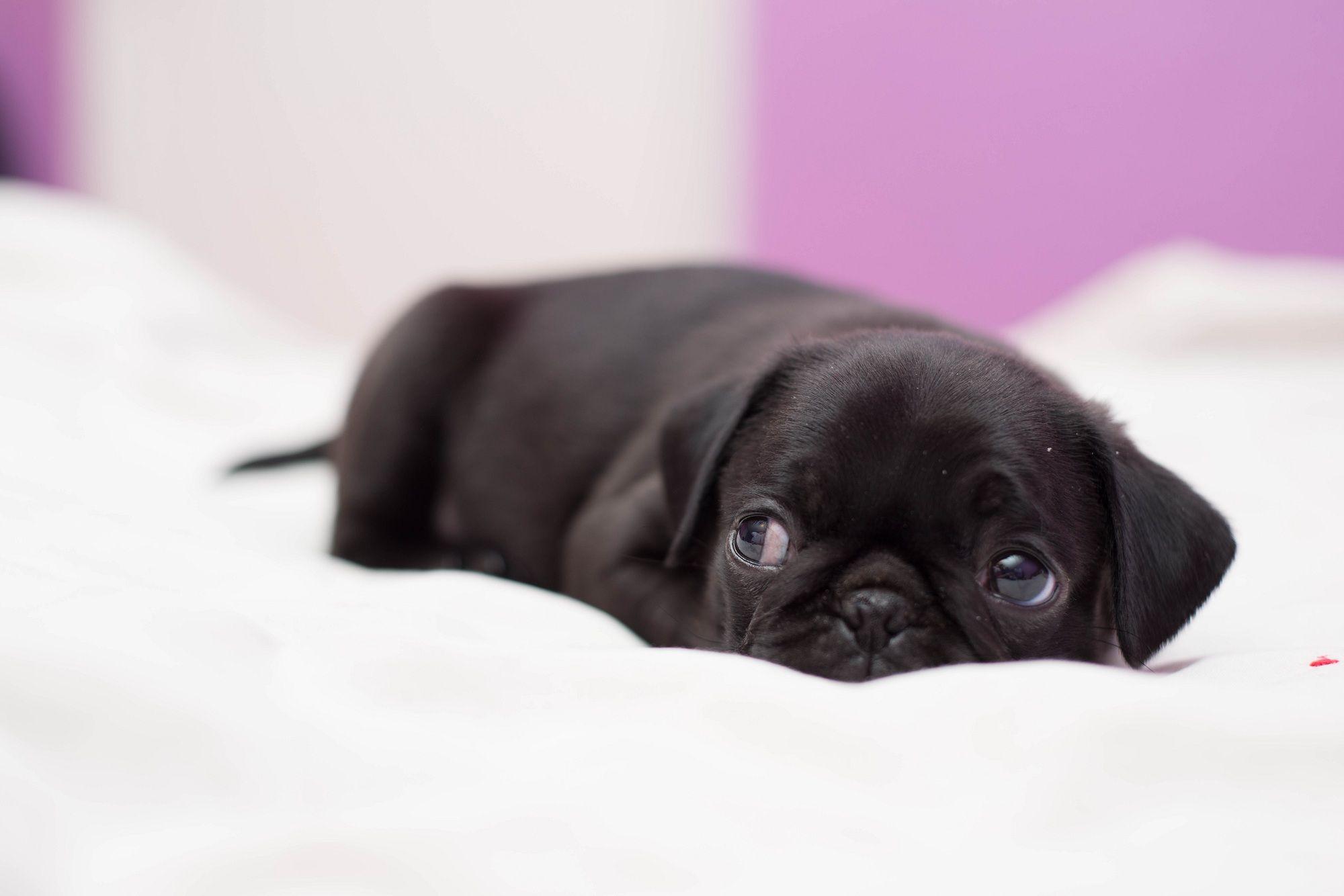The Ultimate Guide To Baby Pugs: Care, Personality, And Everything You Need To Know
Baby pugs are undeniably one of the most adorable and endearing creatures in the canine world. With their wrinkled faces, button noses, and playful personalities, they have captured the hearts of dog lovers everywhere. But owning a baby pug is more than just cuddles and cuteness—it comes with responsibilities to ensure their health, happiness, and overall well-being.
Whether you're a soon-to-be pug parent or simply intrigued by these pint-sized bundles of joy, this comprehensive guide will walk you through everything you need to know about baby pugs. From understanding their unique traits to learning the ins and outs of proper care, this article will leave no stone unturned. By the end, you'll feel confident in your ability to raise a happy and healthy pug puppy.
In this guide, we’ll also address some of the most common questions about baby pugs, offer tips for training and socializing them, and provide insights into their health and grooming needs. So grab a cup of tea (or a chew toy for your furry friend), and let’s dive into the wonderful world of baby pugs!
- Perfectly Balanced Tequila Lime Chicken Recipe For Every Occasion
- Mastering The Art Of Precision Null Knives Voodoo Recon1 Explained
Table of Contents
- What Makes Baby Pugs So Special?
- The History and Origins of Baby Pugs
- What Are the Unique Characteristics of Baby Pugs?
- How to Prepare for a Baby Pug?
- Essential Supplies for Baby Pugs
- Baby Pug Care 101
- Feeding Your Baby Pug
- How to Train Your Baby Pug?
- Socializing Your Baby Pug
- Common Health Issues in Baby Pugs
- Grooming Tips for Baby Pugs
- Are Baby Pugs Good with Kids?
- How Long Do Baby Pugs Stay Puppies?
- Fun Facts About Baby Pugs
- Frequently Asked Questions About Baby Pugs
What Makes Baby Pugs So Special?
Baby pugs have an irresistible charm that sets them apart from other dog breeds. From their distinctive wrinkled faces to their playful and affectionate nature, baby pugs are truly one of a kind. Their small size and expressive eyes make them perfect companions for families, individuals, and even first-time dog owners.
One of the most endearing traits of baby pugs is their personality. They are known for being extremely loving and loyal, often forming deep bonds with their owners. Despite their small stature, baby pugs have a big heart and an even bigger appetite for fun. They love to play, cuddle, and are always eager to be by your side.
Another reason baby pugs are so special is their adaptability. Whether you live in a spacious house or a cozy apartment, baby pugs can thrive in various living conditions. Their compact size and moderate exercise needs make them suitable for city dwellers and suburban families alike. Plus, their affectionate and gentle demeanor makes them excellent companions for children and seniors.
- Why The Stamford Diner On Harvard Avenue In Stamford Ct Is A Mustvisit Destination
- The Marvels And Mysteries Of The Twisted Horn Naturersquos Unique Creation
The History and Origins of Baby Pugs
The history of pugs dates back thousands of years to ancient China, where they were bred as companion dogs for Chinese royalty. Known for their charming personalities and compact size, pugs were highly prized by emperors and often lived in luxurious conditions. They were even guarded by soldiers to ensure their safety.
Pugs eventually made their way to Europe in the 16th century, where they quickly gained popularity among the aristocracy. They were particularly beloved by the Dutch royal family and are often depicted in historical paintings and portraits. The breed’s journey continued to other parts of the world, where they became a cherished pet for people of all walks of life.
Today, baby pugs are a symbol of loyalty, love, and companionship. Their rich history adds to their allure, making them a favorite among dog enthusiasts. Whether you’re drawn to their ancient origins or their modern-day charm, baby pugs have a timeless appeal that’s hard to resist.
What Are the Unique Characteristics of Baby Pugs?
Baby pugs are known for their distinctive appearance and unique traits, which set them apart from other breeds. Here are some characteristics that make baby pugs truly special:
- Wrinkled Face: One of the most iconic features of baby pugs is their wrinkled face. These adorable wrinkles are not just cute—they’re also a hallmark of the breed.
- Compact Size: Baby pugs are small and sturdy, typically weighing between 14-18 pounds when fully grown. Their compact size makes them ideal for various living spaces.
- Curly Tail: Pugs have a distinctive curly tail that adds to their charm. The tail is often tightly coiled and sits atop their back.
- Playful Demeanor: Baby pugs are full of energy and love to play. They’re known for their mischievous antics and joyful personality.
- Affectionate Nature: Pugs are incredibly loving and enjoy being close to their owners. They’re often described as “shadows” because they love to follow their humans around.
These unique traits, combined with their friendly and adaptable nature, make baby pugs a beloved choice for families and individuals alike.
How to Prepare for a Baby Pug?
Bringing a baby pug into your home is an exciting experience, but it requires careful preparation to ensure a smooth transition. Here’s a step-by-step guide to getting ready for your new furry friend:
1. Puppy-Proof Your Home
Puppies are naturally curious and can get into trouble if your home isn’t puppy-proofed. Make sure to:
- Secure electrical cords and outlets.
- Remove small objects that could be swallowed.
- Block off areas that are off-limits, such as staircases or certain rooms.
2. Gather Essential Supplies
Before your baby pug arrives, stock up on the essentials:
- Food and water bowls
- High-quality puppy food
- Comfortable bed and crate
- Chew toys and training treats
- Collar, leash, and ID tags
3. Schedule a Vet Visit
It’s important to take your baby pug to the vet for a check-up as soon as possible. This will ensure they’re healthy and up-to-date on vaccinations.
4. Educate Yourself
Learn as much as you can about pug behavior, training, and care. This will help you provide the best possible environment for your new puppy.
By taking these steps, you’ll be well-prepared to welcome your baby pug and give them a loving home.
Essential Supplies for Baby Pugs
Having the right supplies on hand is crucial for your baby pug’s comfort and well-being. Here’s a checklist of items you’ll need:
- Food and Water Bowls: Opt for stainless steel or ceramic bowls to prevent allergies and make cleaning easy.
- Puppy Food: Choose a high-quality puppy food that meets your pug’s nutritional needs.
- Crate: A crate provides a safe space for your pug and aids in potty training.
- Bed: A soft, comfortable bed will keep your pug cozy and secure.
- Collar and Leash: Make sure the collar fits snugly but isn’t too tight. A leash is essential for walks and training.
- Toys: Chew toys and interactive toys will keep your baby pug entertained and help with teething.
- Grooming Supplies: Invest in a good brush, nail clippers, and dog-safe shampoo for grooming sessions.
- Training Pads: These are useful for potty training your baby pug.
Having these items ready will make the transition to your home smoother for your baby pug.
Baby Pug Care 101
Caring for a baby pug involves meeting their physical, emotional, and social needs. Here are some key aspects of baby pug care:
Feeding
- Feed your baby pug a balanced diet with high-quality puppy food.
- Avoid overfeeding to prevent obesity, a common issue in pugs.
Exercise
- Provide moderate exercise to keep your pug fit and healthy.
- Avoid strenuous activities, as pugs are prone to breathing issues.
Training
- Start training early to establish good behavior.
- Use positive reinforcement techniques like treats and praise.
Grooming
- Brush your pug’s coat regularly to remove loose hair.
- Clean their wrinkles to prevent infections.
By focusing on these areas, you’ll ensure your baby pug grows into a happy and healthy adult.
Frequently Asked Questions About Baby Pugs
1. How much exercise does a baby pug need?
Baby pugs require moderate exercise, such as short walks and playtime, to stay healthy. Avoid overexertion due to their breathing challenges.
2. Are baby pugs easy to train?
Pugs are intelligent and eager to please, making them relatively easy to train. Use positive reinforcement methods for the best results.
3. What is the average lifespan of a pug?
The average lifespan of a pug is 12-15 years, but proper care can help them live longer.
4. Do baby pugs shed a lot?
Yes, pugs are known to shed, especially during seasonal changes. Regular brushing can help manage shedding.
5. Are pugs good for families with children?
Absolutely! Pugs are affectionate and gentle, making them excellent companions for families with kids.
6. How do I clean my pug’s wrinkles?
Use a damp cloth to gently clean their wrinkles, followed by drying them to prevent moisture buildup and infections.
Conclusion
Baby pugs are more than just cute faces—they’re loyal, loving, and full of personality. By understanding their needs and providing proper care, you can enjoy a lifetime of companionship and joy with your pug puppy. Whether you’re a first-time dog owner or a seasoned pet parent, baby pugs have a way of stealing hearts and becoming cherished members of the family.
Ready to welcome a baby pug into your life? With the tips and insights provided in this guide, you’ll be well-equipped to give your furry friend the love and care they deserve. Here’s to many happy moments with your adorable baby pug!
- Winston Flowers Boston A Floral Haven Of Elegance And Artistry
- Everything You Need To Know About La Fitness Delray Beach

Cute Baby Pugs Wallpapers Wallpaper Cave

Baby Pugs Wallpapers Top Free Baby Pugs Backgrounds WallpaperAccess